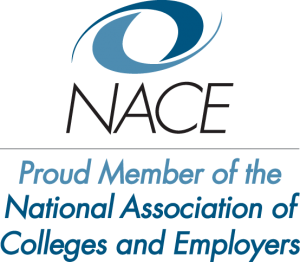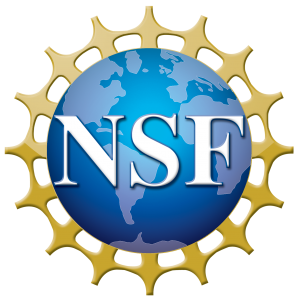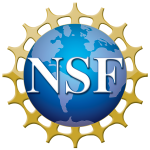You may have heard of the terms burnout and engagement. In fact, handling burnout, or the extent to which an employee feels exhausted, cynical, and incompetent due to their job, is one of Forbes’ 2018 Workplace Trends[1]. Human Resource leaders speculate that burnout leads to half of all yearly turnover.
Engagement, on the other hand, describes the energy, purpose, and focus an employee brings to his or her job. Understanding and building employee engagement has been a hot topic in HR circles for many years.
The same HR leaders struggling with burnout rightly point their fingers at several factors wringing out their employees: long work hours, minimal pay, and pressure to respond to work communications after hours. But this isn’t the whole story. Have you ever known someone who loved their work so much they would work under nearly any conditions to do it? Have you ever done that yourself? That’s engagement. Engagement can be hard to achieve, but engaged employees are happier, healthier, more productive, and more likely to remain with their organization.
The HR leaders mentioned by Forbes see burnout as something to bandage with better working conditions. Raising pay and lowering working hours are good ideas but are not often realistic options for organizations and are rarely a route to engaging employees. jobZology® offers the missing piece of the puzzle: hiring on fit to stop burnout in its tracks and engage your workforce.
Prevent burnout: Hire employees that fit
We at jobZology often write about fit[2][3]. You could say fit is what we do. Whether an employee feels he or she fits with the organization or the job has a direct and measurable consequence on his or her performance. That’s why our hiring algorithms are built on the notion of fit and why we offer our clients customized solutions to hire employees based on their fit with the organization’s values.
The benefits of hiring on fit don’t stop with performance, however.
The scientific literature has long known that fit is critical to two issues: burnout and engagement (for a review, see Maslach, Schaufeli, and Leiter, 2001). You might ask us, “Sure, you say fit improves performance, but how?” Here is your answer. We know that as fit improves, job engagement improves and burnout disappears. With engagement comes higher productivity, collaboration, and creativity. Without burnout comes less strain, fewer counterproductive work behaviors, and reduced intentions to leave the organization. Sounds pretty great, right?
Fitting in is a powerful human feeling; it makes sense that its power reaches outside our personal lives and into the workplace. As we’ve talked about before[3], “fitting in” means so much more in an organization than its connotation. It means employees support the values of the organization, helping drive its mission. It means employees love what they do every day for work and are proud to tell their friends and family what they do and who they do it for. Those people are they type of employees jobZology can find for you.







